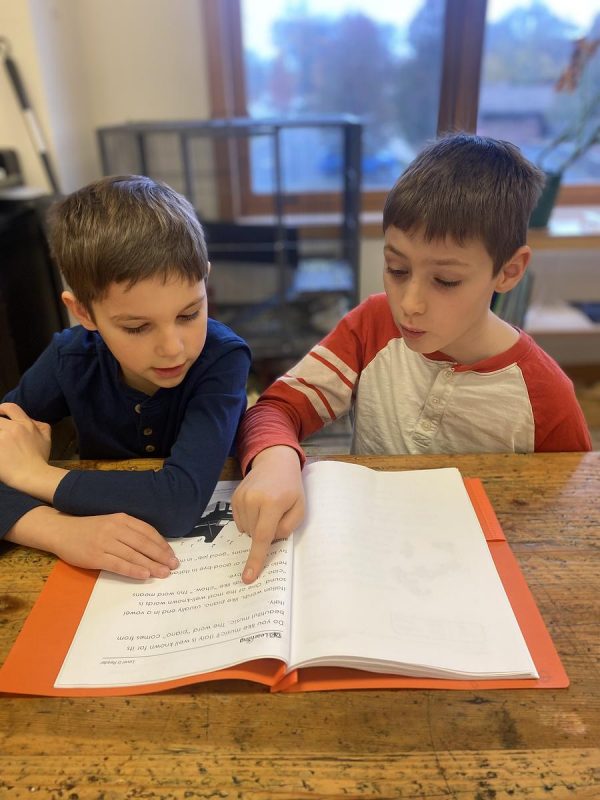Many parents first encounter Montessori in preschool, but the method extends far beyond the early years.While Montessori’s early childhood approach emphasizes independence and self-directed learning, Montessori Elementary builds on these foundations, fostering creativity, critical thinking, and social skills in children ages 6-12.
What’s Different in Montessori Elementary?
Multi-Age Communities: Children in grades 1-3 (Lower Elementary) and grades 4-6 (Upper Elementary) work together, allowing for social growth, peer mentorship, and individual learning paces.
Child-Led Learning: Instead of traditional lectures, students take the lead in projects, research, and field trips, encouraging ownership of their education and deepening their curiosity.
Pressure-Free Assessments: Teachers assess students through observation, providing real-time feedback and allowing children to focus on learning rather than test preparation.
Advanced Academics & Real-World Experiences: Montessori classrooms offer advanced subjects like math, science, and history, along with “going out” trips, where students plan excursions to museums, farms, local businesses, and the much anticipated 6th grade week-long trip. Montessori supports both academic growth and life skills, preparing students for success in school and beyond. If you’re curious to see how this approach works in Elementary, we invite you to observe the elementary class, sit down with Kim and Sean,and witness the Montessori difference firsthand.



Leave a Comment